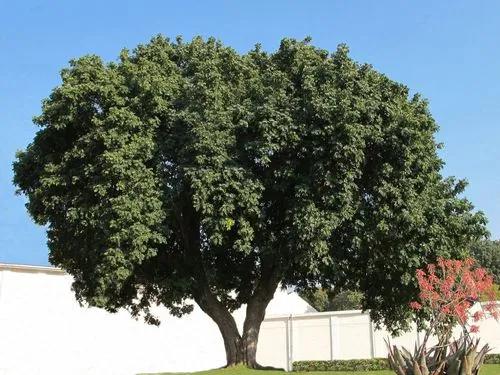Celtis tenuifolia is a deciduous Tree growing to 4.5 m (14ft 9in). It is hardy to zone (UK) 6. It is in flower in April, and the seeds ripen in October. The species is hermaphrodite (has both male and female organs) and is pollinated by Bees. Suitable for: light (sandy) and medium (loamy) soils, prefers well-drained soil and can grow in nutritionally poor soil. Suitable pH: acid, neutral and basic (alkaline) soils. It cannot grow in the shade. It prefers dry or moist soil and can tolerate drought.
Small Hackberry Care
Celtis Tenuifolia



Celtis tenuifolia, the dwarf hackberry or Georgia hackberry is a shrub or small tree 2 to 12 meters high. It is native to eastern North America but is very uncommon north of the Ohio River.[2] In Canada, dwarf hackberry is designated as threatened and protected under Canada's Species at Risk Act. The leaves are alternate, simple, blades 5 to 7 centimeters long, and 2 to 3.5 centimeters in width, shallowly toothed, and finely hairy. The winter buds are brown and hairy, similar to those of other hackberries, but smaller, only 1 to 2 mm. long. Terminal buds absent. Flowers are monecious and unisexual, occurring either solitarily or in small clusters. This species is wind-pollinated and appears to be self-compatible. The fruit is a berry-like drupe, 5 to 8 millimeters in diameter, consisting of a single stone encased within a thin, sweet mesocarp. From green, it becomes a light orange, then a dark red, then purplish-brown. This edible mesocarp is composed of a smooth outer crust and a pulpy yellow inside.
How to Care for the Plant

Popularity

22 people already have this plant 3 people have added this plant to their wishlists
Discover more plants with the list below
Popular articles






